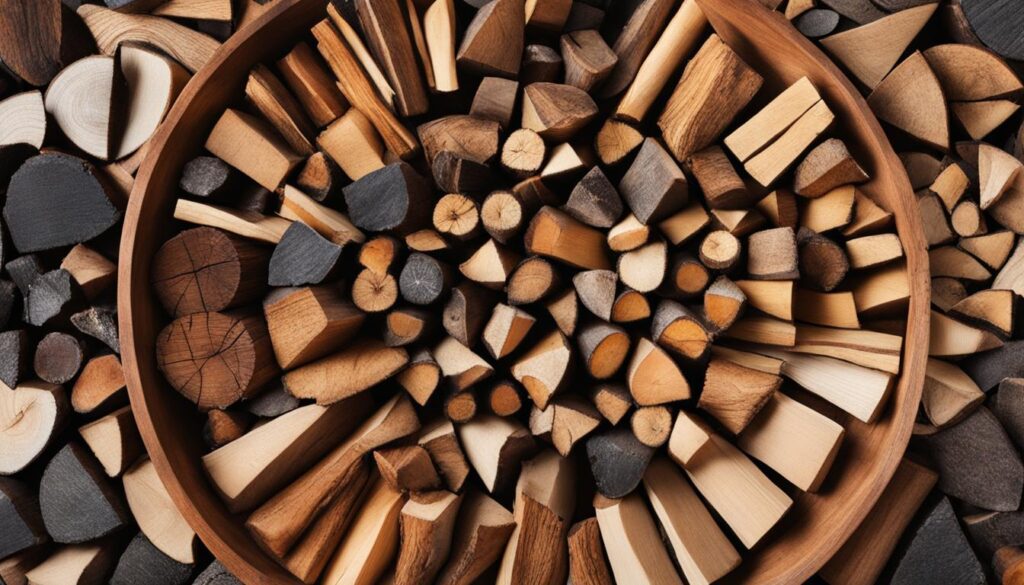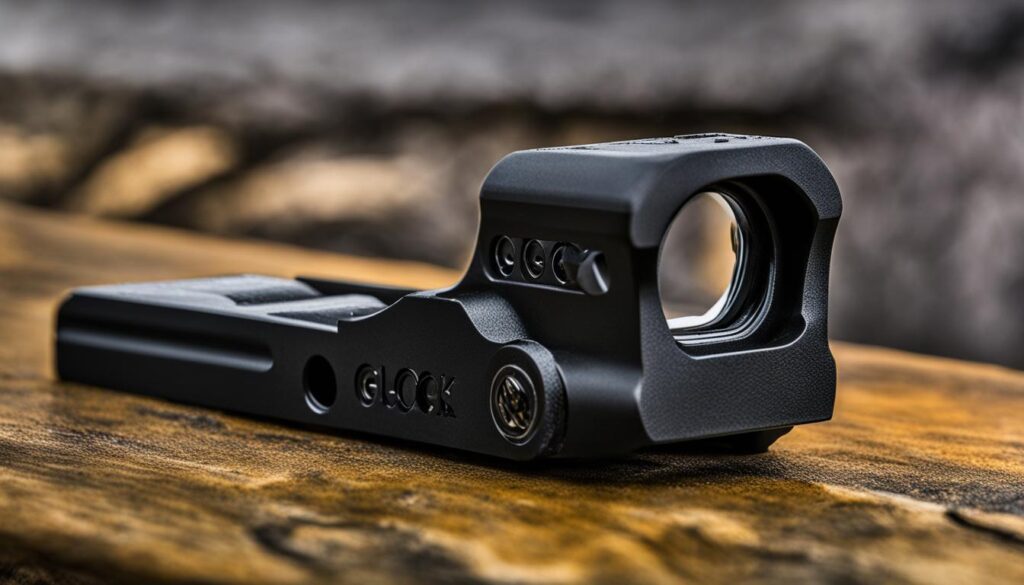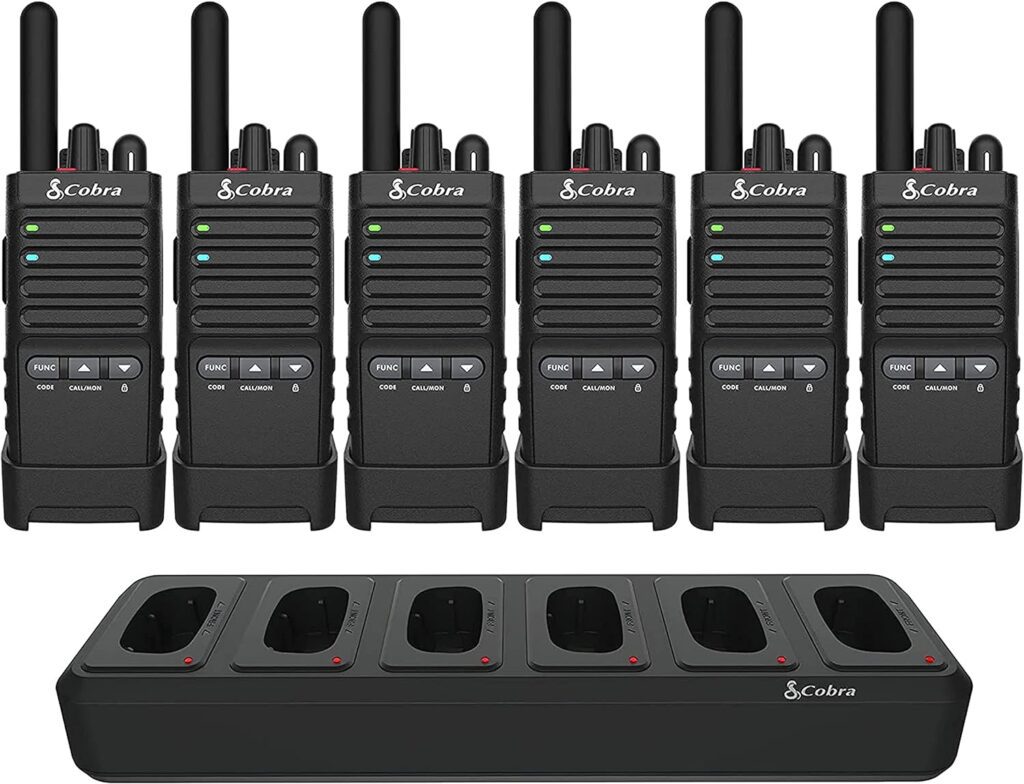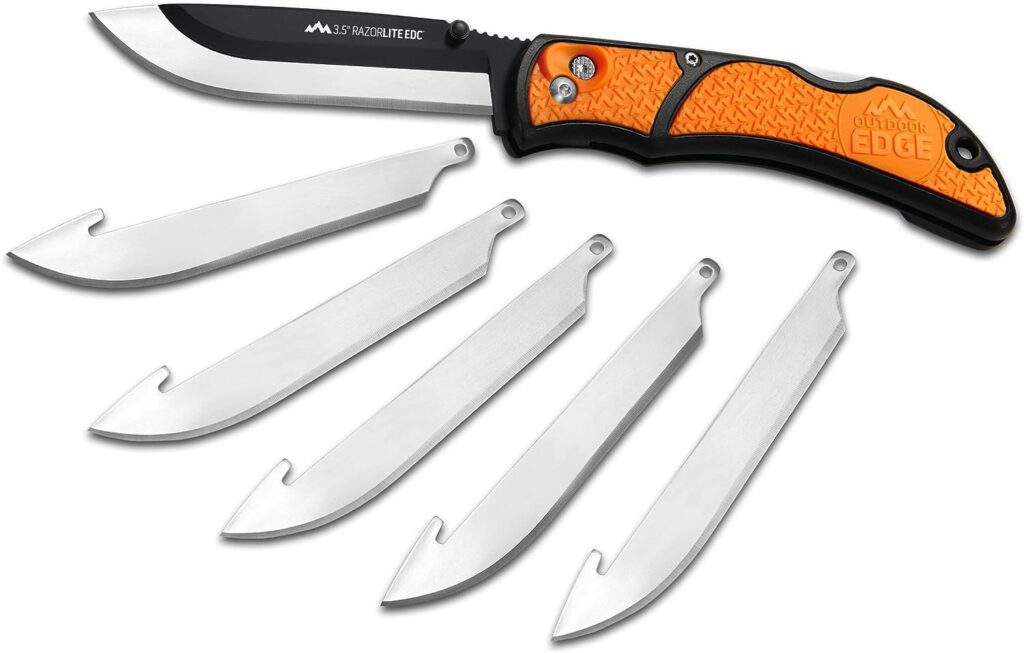Interested in learning how to make your own charcoal at home? Look no further! In this easy guide, I will walk you through the steps of homemade charcoal production. Whether you’re a grilling enthusiast or simply want to try your hand at DIY charcoal making, this article will provide you with all the information you need.
Creating homemade charcoal is not only a fun and rewarding project, but it can also save you money in the long run. Plus, you’ll have complete control over the quality and ingredients used. Let’s dive into the world of charcoal making and discover how you can create your very own batch of charcoal from scratch.
Keep reading to explore traditional and advanced methods of charcoal production, the types of wood suitable for making charcoal, and a step-by-step guide to help you get started. If you’re not up for making your own charcoal, we’ll also recommend some top ready-made charcoal brands available on the market.
So, whether you’re a grilling pro or a beginner, join me on this charcoal-making journey and unlock the secrets of homemade charcoal!
Traditional Methods of Making Charcoal
In the world of charcoal production, traditional methods have been used for centuries to create this versatile fuel. One of the most common techniques is the use of pit kilns, which involve a slow burn process in a low-oxygen environment. This method, although time-consuming, has been effective in producing charcoal.
In traditional charcoal making, wood is piled up in small quantities and set on fire. The burning wood is then covered with dirt to restrict the oxygen supply, resulting in a slow and controlled burn. This process can take up to ten days or even longer, requiring constant attention and monitoring. While effective in producing charcoal, this method often yields lower quality charcoal due to the longer carbonization process.
Charcoal piles used to be stacked in earth mound kilns, and charcoal burners would reside in small dwellings nearby to tend to the piles. Over time, improvements were made to these kilns, including the addition of chimneys for better air control. Brick kilns and steel kilns were also developed, allowing for the carbonization of even poor-quality wood. These traditional methods paved the way for more advanced techniques in charcoal production.
Advanced Methods of Making Charcoal
When it comes to making high-quality charcoal, advanced methods and industrial equipment are the way to go. These techniques produce charcoal with a fixed carbon content of over 82%, ensuring a clean burn and efficient heat production.
Supra-carbonization Technology
One advanced method of making charcoal involves using supra-carbonization technology. This process carbonizes wood at a high temperature of around 1,470 degrees Fahrenheit, effectively destroying all gases produced by the wood. The result is charcoal that is free from contaminants, making it safe for the environment and ideal for grilling.
Efficient and Controlled Carbonization
Industrial charcoal production allows for more efficient and controlled carbonization. The use of industrial equipment ensures that the wood is heated evenly and at the optimal temperature, resulting in a higher quality charcoal. This process also allows for the production of charcoal in large quantities, making it suitable for commercial purposes.
Advantages of High-Quality Charcoal
Using high-quality charcoal has several advantages. It burns hotter and longer than low-quality charcoal, providing a consistent heat source for your grilling needs. It also produces less smoke and ash, making cleanup easier. Additionally, high-quality charcoal is free from additives and impurities, ensuring a pure grilling experience.
Overall, advanced methods of making charcoal using industrial equipment offer numerous benefits, including higher quality charcoal and more efficient production. Whether you’re a grilling enthusiast or a commercial charcoal producer, these methods can help you achieve the best results.
Types of Wood for Charcoal Making
When it comes to making charcoal, the type of wood you choose plays a crucial role in the quality and characteristics of the final product. Different types of wood have varying burn temperatures, burn times, and flavors, making them suitable for specific applications. Here are some popular types of wood used for charcoal making:
Hardwood Lump Charcoal
Hardwoods like hickory, oak, and beech are excellent choices for making lump charcoal. Hardwood lump charcoal is made by burning pure hardwood pieces in a low-oxygen environment, resulting in irregularly shaped charcoals. It burns hotter and faster compared to charcoal briquettes, making it ideal for high-heat grilling and searing. Additionally, hardwood lump charcoal imparts a natural smoky flavor to the food.
Charcoal Briquettes
Charcoal briquettes are a popular choice for backyard grilling and cooking. They are typically made from a mix of charcoal, coal dust, sawdust, and wood chips. Charcoal briquettes are manufactured using binders and additives to give them a uniform shape and consistent burn time. They are known for their long burn time, steady heat, and easy lighting. Charcoal briquettes are versatile and suitable for a wide range of cooking methods, including smoking, indirect grilling, and slow cooking.
Softwoods and Fine Organic Matter
While hardwoods are preferred for making lump charcoal, softwoods like pine and fir can also be used to create charcoal dust. This fine organic matter is then pressed into charcoal briquettes. Softwood charcoal briquettes are economical and readily available. They are commonly used for casual grilling and barbecues. However, it’s important to note that softwoods can give off a stronger, resinous flavor compared to hardwoods.
When choosing the wood for charcoal making, it’s essential to ensure that it comes from a reputable source and does not contain any added treatments or additives. Using high-quality wood will result in cleaner-burning charcoal and a better grilling experience overall.


Step-by-Step Guide on How to Make Your Own Charcoal
If you’re looking to make your own charcoal at home, follow this step-by-step guide to get started. Not only is it a cost-effective alternative to buying ready-made charcoal, but it can also be a rewarding experience.
1. Gather Your Materials
To make charcoal, you’ll need a few key materials. Firstly, gather hardwood that has been cut into pieces. You’ll also need a metal barrel with a lid to contain the burning process. Don’t forget to equip yourself with kindling to start the fire and heat and fire protection equipment like gloves and a bucket of water.
2. Build the Fire
Start by building a fire at the bottom of the metal barrel using kindling and small bits of wood. Once the fire is established, add the hardwood in layers, allowing the fire to spread from one layer to the next. Gradually add more hardwood to the top of the barrel and let the flames burn all the layers.
3. Let it Smolder
When the wood starts to blacken, put the lid on the barrel to limit the oxygen supply. This will allow the wood to smolder and turn into charcoal. Let it sit in the barrel for approximately 24 hours. After this time, check to see if the wood is completely burned and cooled. If so, you can remove the charcoal and store it for later use.
By following these simple steps, you can create your own homemade charcoal. Remember to prioritize safety and take necessary precautions throughout the process.
Recommended Ready-Made Charcoal Brands
When it comes to grilling, having the right charcoal can make all the difference in the flavor and overall cooking experience. If you prefer not to make your own charcoal, there are several top-notch ready-made brands available on the market that consistently deliver high-quality results. Here are some recommended options:
Kingsford Charcoal
Kingsford is a well-known and trusted brand that offers a wide range of charcoal briquettes. They have different varieties to suit various grilling needs, including long burn and hot burn professional versions, 100% all-natural options, and 100% hardwood briquettes. Kingsford briquettes are known for their consistent heat and long-lasting burn, making them a favorite among grilling enthusiasts.
Weber Charcoal
Weber, a renowned name in the grilling world, also produces high-quality charcoal briquettes. Their briquettes are made from hardwood and are designed to provide a consistent and reliable heat source for your grilling needs. Weber briquettes are known for their clean burn and minimal ash production, allowing you to focus on the flavors of your food.
Royal Oak Charcoal
Royal Oak is one of the largest producers of charcoal lumps and briquettes in the USA. They offer all-natural hardwood charcoal, which is preferred by many grilling enthusiasts for its authentic smoky flavor. Royal Oak charcoal is carefully crafted from select hardwoods, providing a consistent heat source that enhances the taste of your grilled dishes.
Fogo Charcoal
Fogo is a specialty lump charcoal brand known for its passion and high standards. They source their charcoal from sustainable hardwoods and use a unique process to ensure a clean-burning and long-lasting fuel. Fogo lump charcoal produces minimal sparks and smoke, allowing you to enjoy a hassle-free grilling session with exceptional flavor.
Conclusion
Making your own charcoal at home is a rewarding and cost-effective alternative to buying ready-made charcoal. By following the step-by-step guide, you can create your own homemade charcoal for grilling and other purposes. The benefits of homemade charcoal are numerous.
Firstly, homemade charcoal is easy to light and maintain, making it convenient for outdoor cooking. You won’t have to struggle with getting the fire started, ensuring that you can enjoy your BBQ party without any hassle.
In addition, homemade charcoal has excellent odor absorption properties. It helps eliminate unwanted odors from your food, ensuring a pleasant grilling experience. You can confidently cook strong-smelling dishes without worrying about the lingering smells.
Another benefit of homemade charcoal is its versatility. In addition to being a fuel for grilling, charcoal can be used for camouflaging purposes in outdoor activities such as camping or hunting. Furthermore, in certain situations, homemade charcoal can even be used as a valuable trading commodity due to its scarcity and usefulness.
Whether you choose to make your own charcoal or opt for ready-made brands, charcoal remains an essential fuel for any BBQ party or outdoor cooking. So why not give it a try and experience the benefits of homemade charcoal for yourself?
FAQ
Can I make my own charcoal at home?
Yes, it is possible to make your own charcoal at home by burning wood or other organic matter in a low oxygen environment.
What are the traditional methods of making charcoal?
Traditional methods of making charcoal involve using pit kilns, which produce low-quality charcoal. Wood is piled up, set on fire, and covered with dirt to ensure a long, slow burn with very little oxygen.
What are the advanced methods of making charcoal?
Advanced methods of making charcoal involve using industrial equipment that produces high-quality charcoal with a fixed carbon content of over 82%. These methods use supra-carbonization technology and carbonize wood at a high temperature.
What types of wood can be used to make charcoal?
Charcoal can be made from any type of wood, including hardwoods like hickory, oak, and beech for making lump charcoal, and softwoods and fine organic matter like sawdust for charcoal briquettes.
How can I make charcoal at home?
To make charcoal at home, you will need hardwood cut into pieces, a metal barrel with a lid, kindling to start the fire, and heat and fire protection equipment. Build a fire in the barrel, add the hardwood in layers, let the flames burn all the layers, and then let the wood smolder in the barrel for around 24 hours.
What are some recommended ready-made charcoal brands?
Some popular ready-made charcoal brands include Kingsford, Weber, Royal Oak, and Fogo.
What are the benefits of homemade charcoal?
Homemade charcoal has benefits such as easy lighting and maintenance, odor absorption, camouflaging, and even trading potential.








